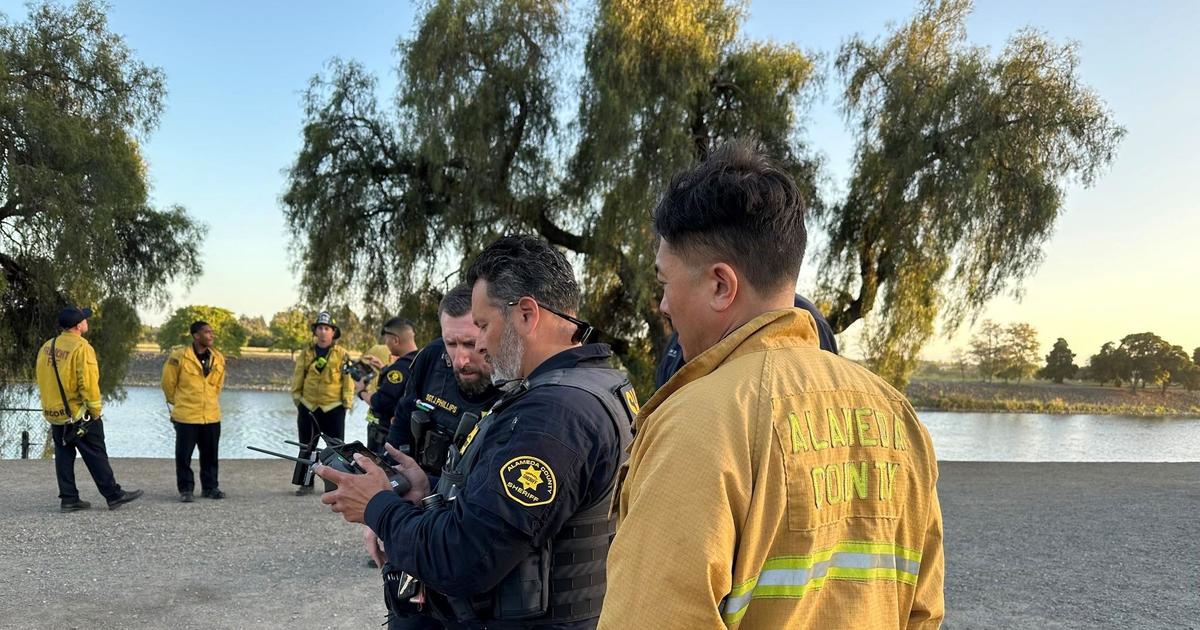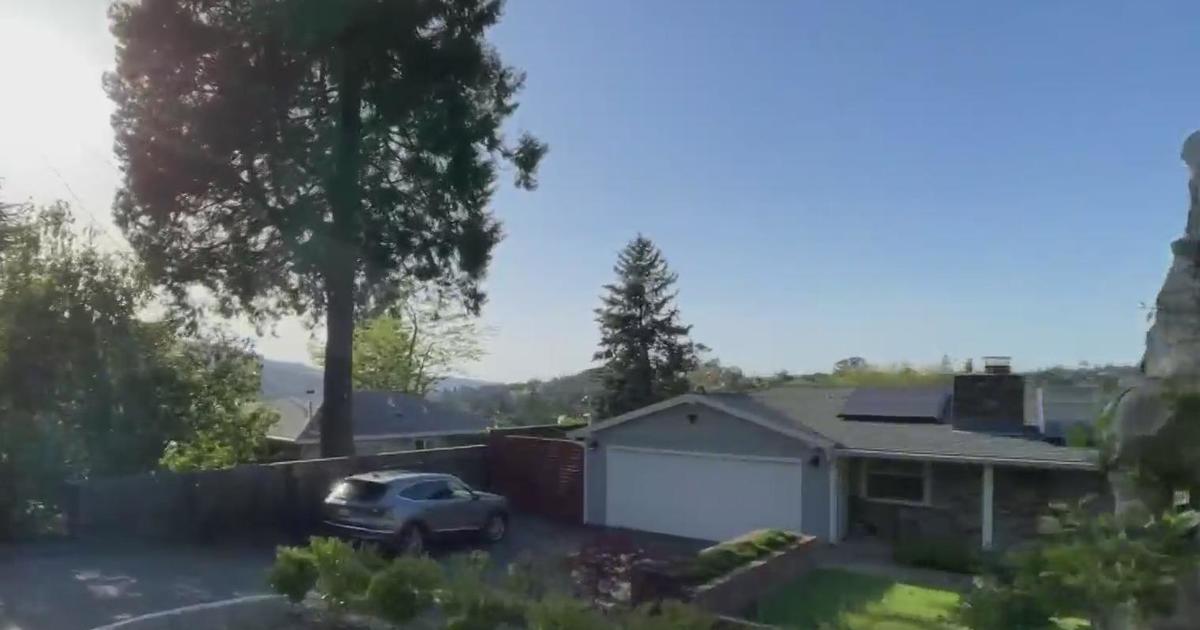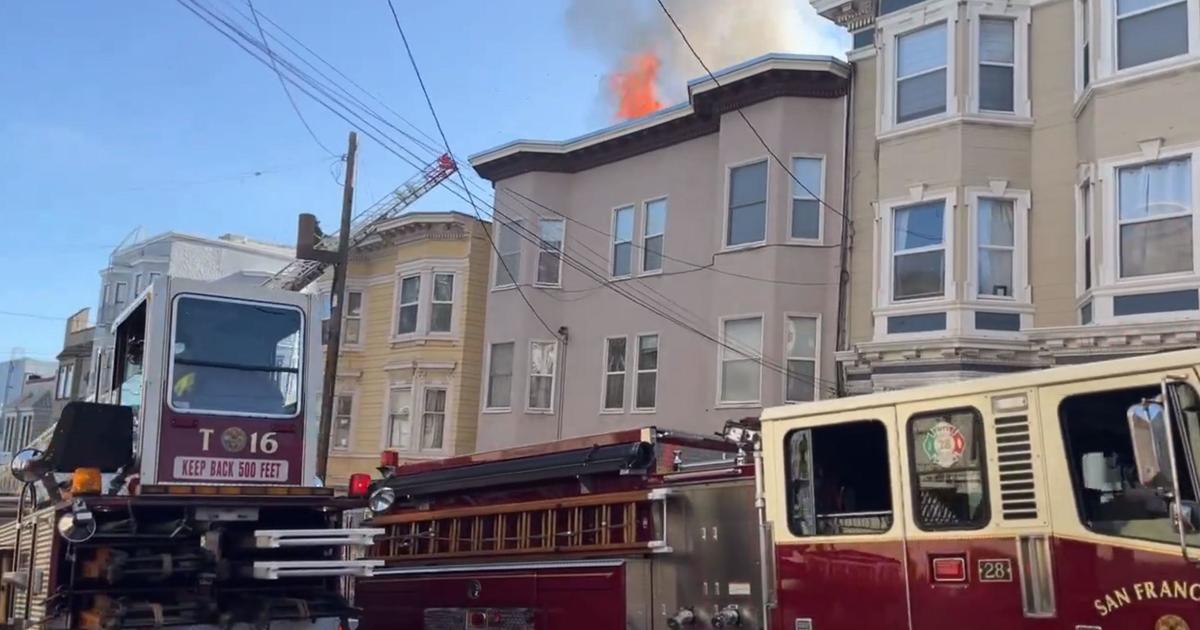Toxic algae bloom killing off thousands of fish in Bay Area waters
RICHMOND -- From Hayward to Sausalito, dead fish are washing up on shores as a toxic algae bloom takes hold around the Bay Area.
In Oakland's Lake Merritt the fish are even stacking up on top of each other. It's a fish kill experts saw coming, but the scale of it is still taking them by surprise
"It's called a red tide," explained Dr. Jon Rosenfield with the San Francisco Baykeeper conservation group. "It's hard to describe with words, because the bay can often be brownish if it is transporting sediment. But when you see it, you know this is not normal colored water."
In the right spot. it's possible to actually see the bloom that's killing fish. It's an explosion of toxic algae fed by sun, warm water, and nutrients in the bay..
"So we knew this red tide was very large," Rosenfield said Monday. "It was somewhat predictable that we'd start seeing dead fish. This scale of dead fish is very disheartening and surprised all of us. But with a bloom this size, it was sort of bound to happen."
Dead fish have been found from Hayward, to Alameda, to Lake Merritt and beyond. And while the algae is not toxic to humans, health experts do suggest limited exposure.
"We saw the East Bay Park guy come out with some water bottles," one woman said as her children swam in Richmond. "He was out where the kids are, picking up some water. He said that he felt like the algae bloom was dying off. He put a green sign up, so."
East Bay Regional Parks gave Keller Beach the all clear Monday, but on the same beach you will find a dead white sturgeon. The sight of sturgeon washing up around the bay is a sign that this is a significant bloom taking a big toll. And there's not much anyone can do to turn it off.
"The thing to know is the conditions that make this bloom possible, the sunlight, the warm water, the nutrients, the nutrients are the things we actually have some control over," Rosenfield said. "Because the excess nitrogen and phosphorus, otherwise known as nutrients, are input from wastewater treatment plants that surround the bay."
Eventually the water will cool, or the algae will run out of food, but that might not end die offs. That's because all that dying algae can kill fish as it sucks up oxygen.
"Exactly when that's going to happen, I can't say," Rosenfield said. "So, it's possible that it gets worse before it gets better."
Additional information on the die-off is available at the San Francisco Baykeeper website. The San Francisco Estuary Institute is also asking Bay Area residents to report dead fish sightings as part of a citizen science project in collaboration between the SFEI, SF Baykeeper, and UC Davis fish ecology researchers. The online form to report dead fish sightings can be found on the SFEI website.





